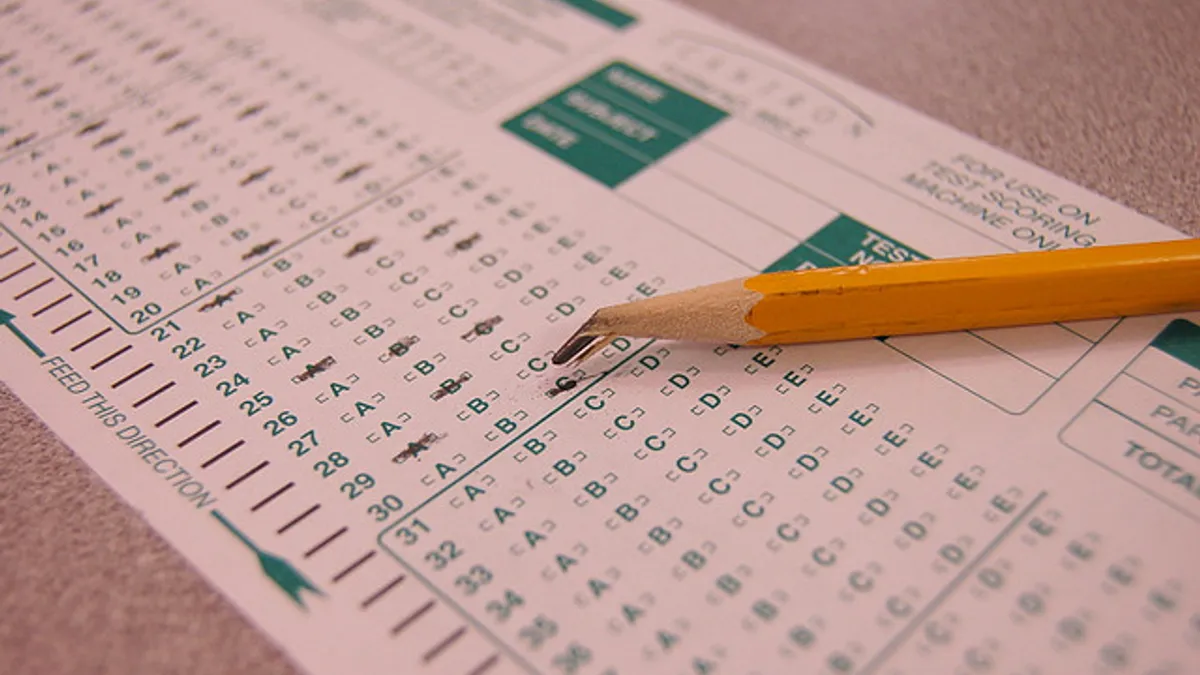Dive Brief:
- With 20% of New York state students opting not to take state tests earlier this year, education officials at the district and state levels are facing statistical hurdles in analyzing students’ performance.
- Overall averages on state tests crept up this year, but it’s not clear if scores from last year and this year can even be compared due to the drop in the number of students who took the exam.
- On average, students who opted out were less likely to have passed last year’s exam, but statisticians caution against comparing the two years.
Dive Insight:
While statewide averages will have an asterisk next to them this year, the biggest blow happened at the district level. In some districts, three-quarters of students chose not to participate. That substantially limited state education officials’ ability to hold those districts accountable based on student performance and leaves district administrators with little information about their district’s overall performance. That was partly the goal, though, anti-testing advocates say.
“The hope was to disrupt [state testing] to the point where it cannot be used,” Jeanette Deutermann, a Long Island opt-out advocate told The New York Times. The goal is to make it so “there are not enough children taking the test to close a school, or not enough data to fire a teacher.”
More districts across the country will be grappling with this problem this year, with many states seeing opt-out hotspots. Anti-testing advocates say it’s an opportunity for districts impacted by the opt-outs to reassess their accountability structures and approaches to state testing.











